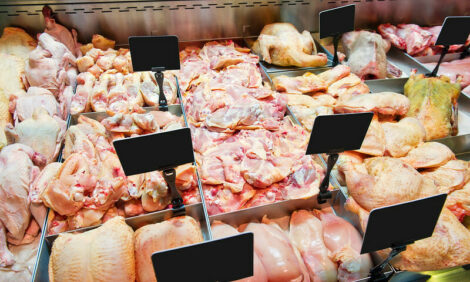



CME: Futures Close Lower, Tuesday Mildly Below Session Highs
US - Live cattle futures closed 30 to 82 1/2 cents lower. That was just mildly below session highs in all but the front-month February contract, which ended mid-range, write experts at the Chicago Mercantile Exchange.Cattle futures came under heavy pressure around mid-morning amid a combination of fundamental concerns and chart-based selling. The fundamental concerns are tied primarily to demand as packers are struggling to find a price where they can actively move product, according to analysts at Profarmer.
Weakness in the cash market, fears that a government sequester could spark volatile cash and retail prices into early March plus increased technical selling when April pushed to the lowest level since June 27th were all factors to drive the market sharply lower into the mid-day with some feeder cattle contracts hitting limit-down.
A tightening supply outlook, talk of active export business and higher beef prices helped support the market into the close with the market closing just slightly lower on the day and well up from the lows.
Cash markets in Texas and Kansas traded at $123.00 which was down $2.00 from last week. Boxed-beef cut-out values at mid-session, however, were up 72 cents to $183.44 and this compares with $184.31 last week at this time.
April cattle pushed moderately lower on the day into the pit opening with a continued long liquidation selling trend helping to pressure. Traders remain concerned with demand factors as beef prices remain low and close to the lowest level since August.
The showlist is smaller this week but traders remain concerned that packer margins are too weak and that packers will be unwilling to pay higher in the cash. Cash traded at $125.00 last week and April is struggling to hold onto the large premium.
There are no bids or offers yet this week. Traders see some long liquidation selling in both hogs and cattle on news from the White House that meat production could be shut down in the US for a couple of weeks due to a forced furlough of USDA inspectors.
This would shut more than 6,000 meat plants due to a lack of inspection. This may spark higher retail prices but would likely drive down cash prices temporarily.
Snow in some of the feedlot regions this week and the forecast for winter storms next week in the central plains helped to provide some underlying support. Slaughter came in slightly below trade expectations at 117,000 head.
TheCattleSite News Desk


